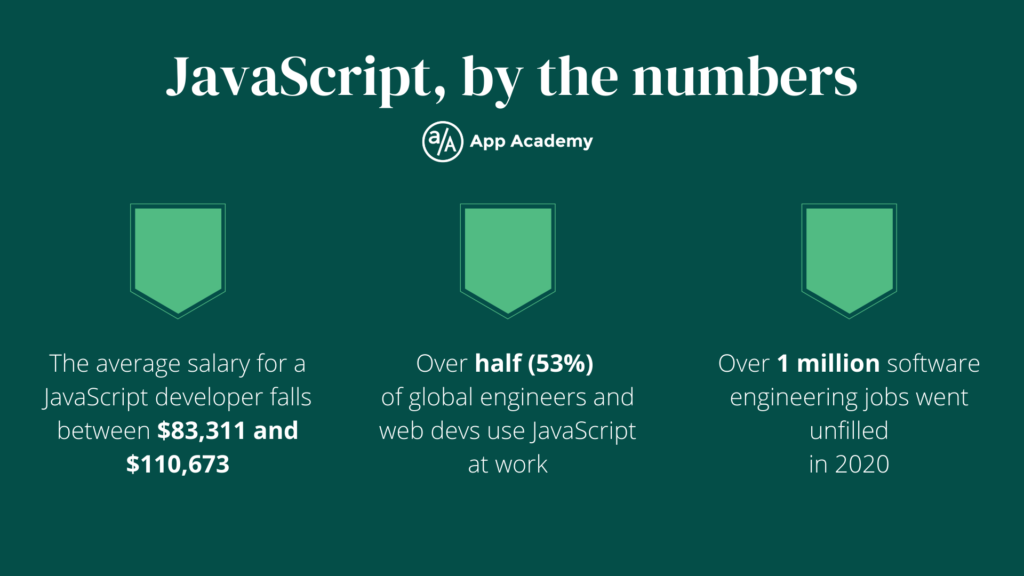Software engineers use a whole slew of languages to build web applications, mobile applications, and websites. JavaScript is one of those languages. It’s been around for years.
Let’s dive into all things JavaScript:

What is JavaScript and why is it used?
JavaScript is aptly named as it’s a scripting language. PHP and Python are other examples of scripting languages.
As Career Karma explains, scripting languages use a program known as an interpreter to translate commands. They don’t require a compilation step, and they do not have source code because there’s only one type of code.
JavaScript frameworks are primarily used to make web pages more dynamic and interactive. Oftentimes, developers will utilize web frameworks like React, View, or Angular to build complex web apps like Google Docs. These are JavaScript libraries, too! They all make it easier for developers to add, remove, and alter elements on a web page so they can develop new features faster. In short, JavaScript coders create features for web pages and mobile apps. The user interface is top priority for a web developer or engineer.
There are three major types” of JavaScript
- Client-side JS is an extended version of JavaScript that enables the front-end enhancement and manipulation of web pages




